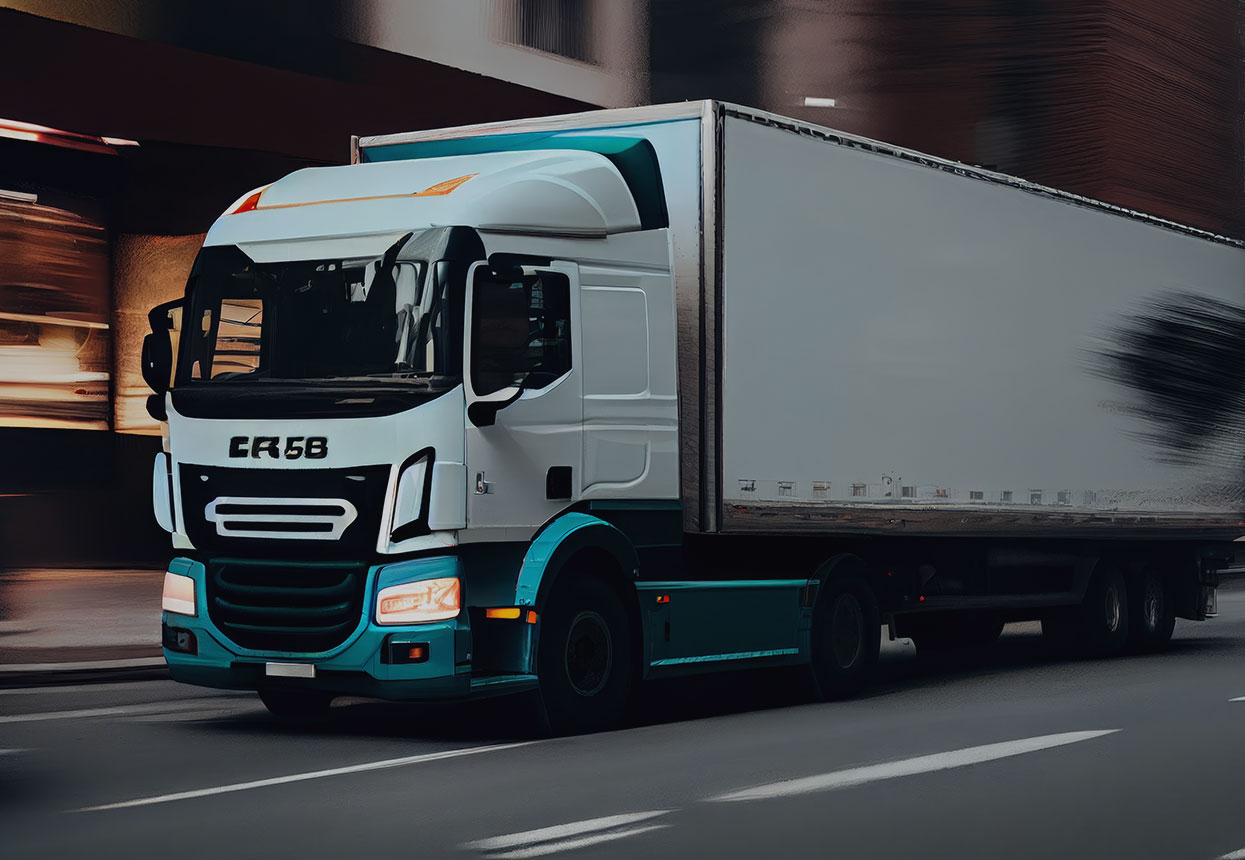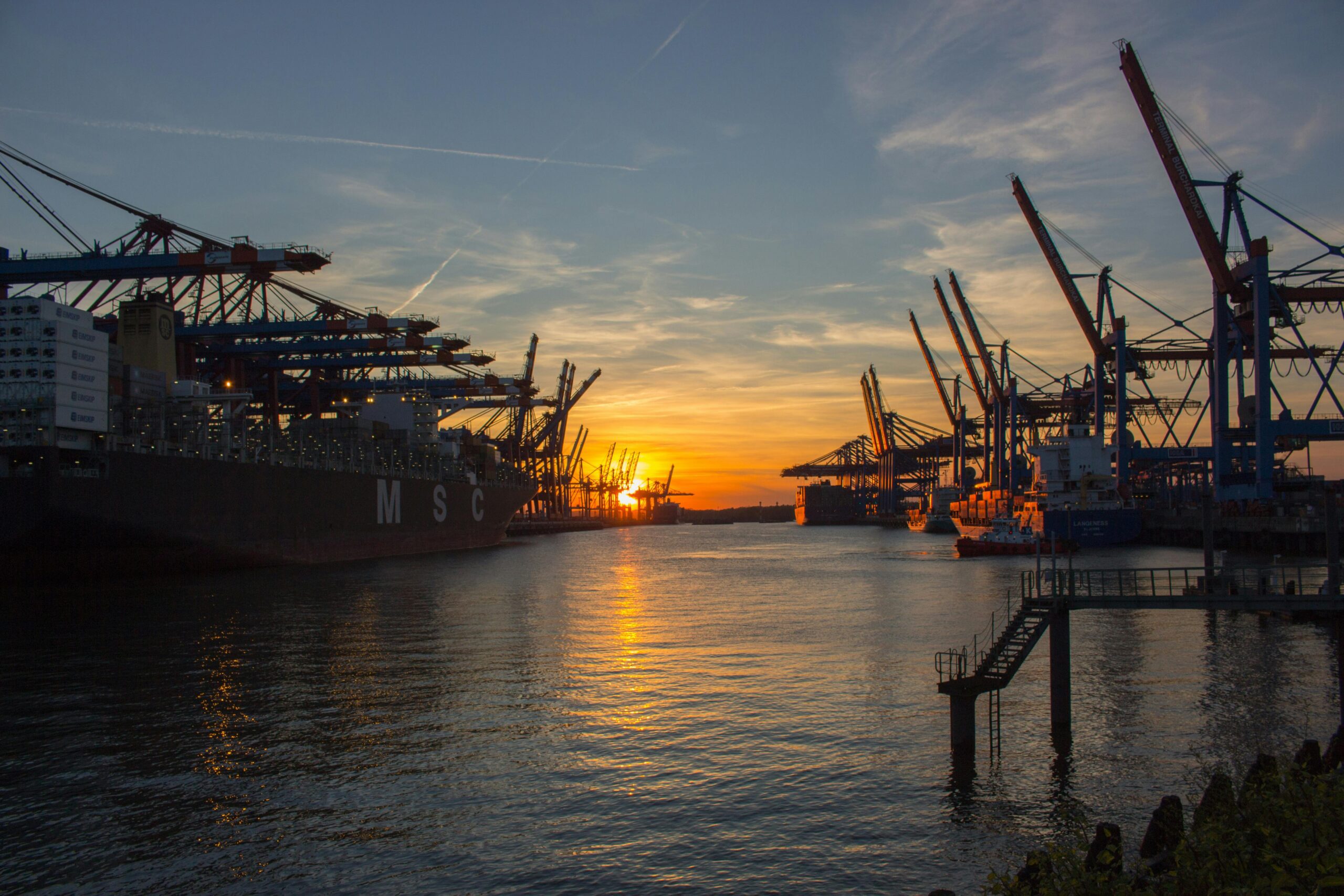

Truckload Freight Services vs. LTL: Which is Right for Your Business?
Choosing the right freight shipping method is crucial for optimizing your logistics, reducing costs, and ensuring timely deliveries. For many businesses, the decision boils down to selecting between Truckload Freight Services (FTL) and Less-than-Truckload (LTL) shipping. This guide breaks down the key differences between FTL and LTL shipping and helps you determine which is the best fit for your business.
What is Full Truckload (FTL) Shipping?
FTL refers to shipping that uses an entire truck dedicated to a single company’s freight. It is ideal for businesses that need to move large quantities of goods or shipments that require the exclusive use of a truck. FTL is particularly useful for high-volume shippers and when cargo is large, fragile, or time-sensitive.
Key Benefits of FTL:
- Faster Delivery: Since the truck is dedicated to one shipment, deliveries are typically faster, as the freight travels directly to the destination without any stops.
- Reduced Risk of Damage: FTL reduces handling because the freight is loaded once and transported straight to the recipient, minimizing the chances of damage.
- Better for Large Shipments: FTL is more cost-effective for high-volume shipments that can fill an entire truck.
What is LTL Shipping?

Less-than-Truckload (LTL) shipping is a cost-effective solution for companies that don’t have enough freight to fill an entire truck. Multiple shipments from different businesses are consolidated into one truck, with each company paying only for the space their freight occupies.
Key Benefits of LTL:
- Cost-Effective for Small Shipments: LTL allows businesses to ship smaller loads at a fraction of the cost compared to FTL.
- Environmentally Friendly: By consolidating shipments, fewer trucks are on the road, reducing emissions.
- Flexibility: LTL provides flexibility for businesses that need to ship small quantities of goods frequently.
FTL vs. LTL: Key Differences
1. Cost
- FTL: More expensive, but cost-efficient for large shipments.
- LTL: Generally cheaper, but costs depend on weight, dimensions, and the number of stops.
2. Speed
- FTL: Direct route, faster delivery since there are no stops or consolidation points.
- LTL: Slower due to multiple stops and longer lead times as shipments from different businesses are consolidated.
3. Freight Handling
- FTL: Minimal handling reduces the risk of damage, making it ideal for fragile or high-value shipments.
- LTL: More handling is involved, increasing the potential for damage, though reputable carriers take steps to minimize this risk.
4. Shipment Size
- FTL: Best for large, full shipments that can fill a truck.
- LTL: Ideal for smaller shipments that don’t require a full truck.
Which Shipping Method is Right for You?
Choosing between FTL and LTL depends on your business needs. If you regularly ship large volumes of goods or have fragile and time-sensitive products, FTL is your best option. On the other hand, if your shipments are small and budget is a key factor, LTL provides a more cost-effective solution.
Conclusion: Tailoring Your Shipping Strategy
Both FTL and LTL have their advantages. By understanding the differences, you can tailor your logistics strategy to optimize costs, delivery times, and handling processes. Whether you’re shipping large loads or smaller, frequent deliveries, selecting the right freight method can improve your bottom line and enhance customer satisfaction.
Need help deciding between FTL and LTL? Contact us today to learn how our logistics solutions can streamline your shipping process and help you make the right choice.





1 Comment
kritish chopra
kink